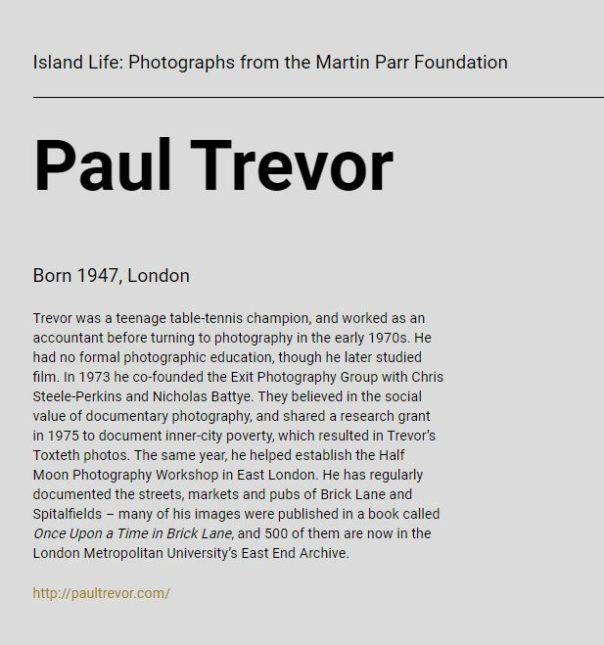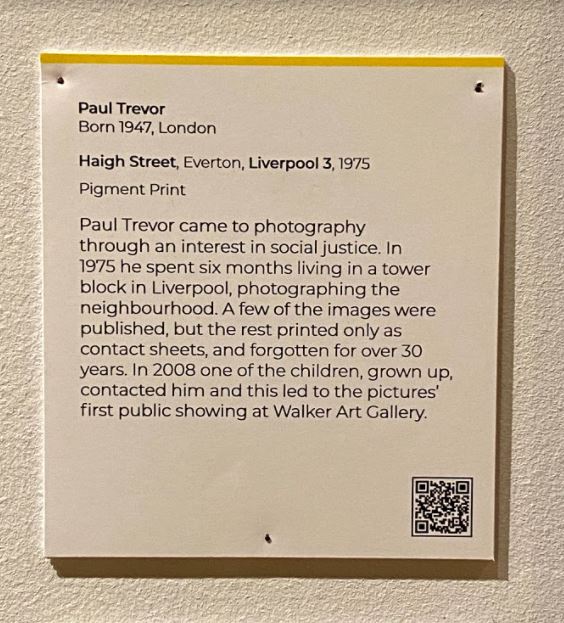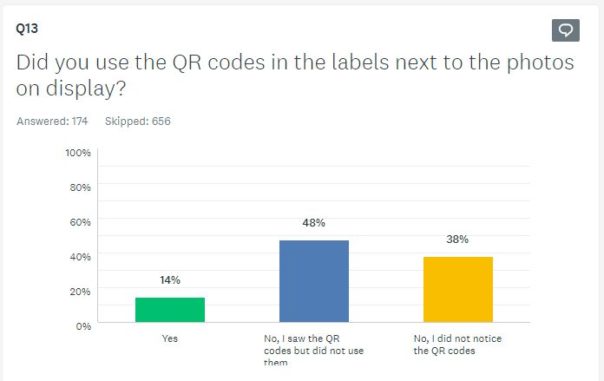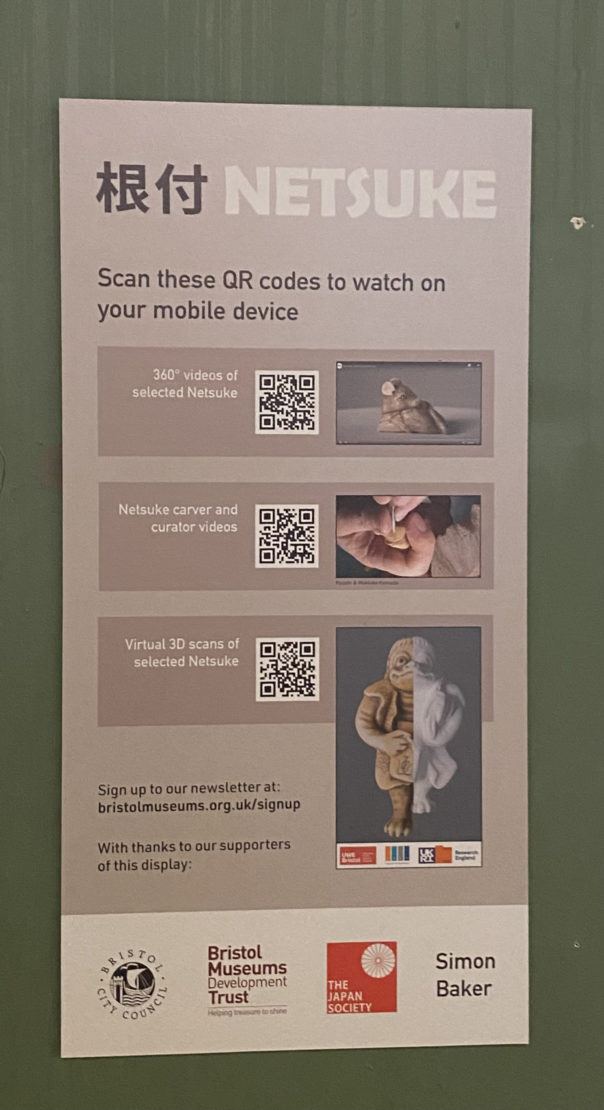If you didn’t know already, Bristol Museum & Art Gallery is home to a permanent gallery exploring the history of Egypt. This gallery hosts information belonging to the objects on touchscreen enabled kiosks. When they were installed this was the height of in-gallery audience interaction.
As we re-opened in September 2020 after lockdown, the use of touchscreens had obviously been axed. The problem was that they actually hosted most of the information in that gallery, so it was necessary to find an alternative.
The fabulous in-house Digital Assistant team were able to develop a plugin site using WordPress from scratch, and we were able to collate the original content and shove it onto this new platform. Pages were designed by kiosk, and were available via NFC and QR code access points that were printed on stickers and stuck onto the disabled kiosk screens. Long story short – and this is very much a long and important story cut short and not explained very well – an entirely digital alternative was created and the problem was solved.
This was a huge achievement, but not really sustainable if in future we encounter a similar conundrum and don’t have the required time/resources to complete it – which is what we encountered with the Bristol Photo Festival temporary exhibitions.
We suddenly needed to provide digital labels that could be accessed in the gallery containing biographies for each artist/photographer. Unfortunately, we had less than half the time and resources as we did with the Egypt gallery. Also, this is for a temporary exhibition rather than a permanent display. Naturally, these are very different circumstances.
Enter: Exhibitions Online.
We have a dedicated site that runs on WordPress that we do indeed use for Exhibitions Online They run on preset templates that we can tinker with to an extent, there’s not a whole lot of creative freedom but it does the job it was designed for.
We’ve used this site in a gallery setting once before; the online exhibition for Pliosaurus was available as an interactive a few years ago.
After doing some more tinkering myself, I came to the conclusion that we could take the templates out of their original context and create something that would work for these new digital labels in a fraction of the time, and without having to build or buy something new. Win/win.

By creating individual pages but without linking them to each other or to a parent page (like a landing page) we could have a number of individual pages (65 to be precise) that are technically hosted on a website that doesn’t really exist, from an audience perspective.

By doing this we could assign a QR code to each page that could be printed on a label and installed in the gallery. These pages aren’t available anywhere else (unless you look really, really hard for them) and are intended for solely mobile use while visiting the exhibitions. It turned out to be a really simple solution to something that was originally a bit daunting.
The other fundamental thing that we needed was a bunch of QR codes and a way of keeping on top of them. Jack Evans, Digital Assistant, developed a system that would both generate and also give us more flexibility and control over the now abundant number of QR codes that we use in our galleries – but he can explain this better than I:
“We realised that the demand for QR codes in the gallery was going to increase and be in place for at least a year if not permanently. We know that QR codes can be generated for free, but we knew we needed a system where QR codes could be modified after printing.
I could not come across a sustainable cost-effective system and we were opposed to basing a permanent fixture of our galleries on a system we don’t have full control over. Therefore, I created a system based on python scripting and a bit of javascript that allows us to create QR Codes that can have their destination changed after printing and uses google analytics to see how in demand particular content and the system as a whole is.”
This has been a helpful tool not only for this project, but also with the other projects where we have needed to implement QR codes since. The ability to both assess use and amend links after printing gives us a whole new range of possibilities when it comes to improving audience in-gallery experience.
This gallery opened alongside the rest of the museum on the 18th of May, so we’ve had a fair amount of time to collate data that tells us how our audience have been using these digital labels and what their experience has been. This data has informed us that our audiences…have barely used them. Oh.

Out of the 174 people who have answered the question “Did you use the QR codes in the labels next to the photos on display?” on our ongoing Audience Finder Survey, only 14% (equating to 25 people) said yes
(as of writing).
Not exactly the result that we were hoping for. Although, not sure how much of a surprise this is. Back in 2018 our User Researcher Fay posted a blog about how we use QR codes which points out that QR codes are only really used when facilitated. This more recent evidences shows that they still aren’t really being used without facilitation, even in a post-Covid (but-still-in-Covid?) world, overrun with them! Hmm…
Bonus round!
Another instance of using this platform for a QR code triggered in-gallery experience is the additional content that we provided as part of the Netsuke: Miniature masterpieces from Japan exhibition. Netsuke are small and very intricately carved figures, originally used as toggles for pouches so that they could be attached to clothing. In collaboration with the Centre for Fine Print Research, UWE Bristol we were able to showcase two of the netsuke as 3D models, hosted on Sketchfab and embedded into the Online Exhibition.

In the before times, wanted to have 3D printed models as a sort of handling collection so that our visitors, and especially our younger visitors, could further explore the objects on display – which obviously couldn’t happen in a Covid familiar world. Instead, we made the page that features the 3D models available in-gallery via QR code.
This work was made possible thanks to support from the Art Fund
